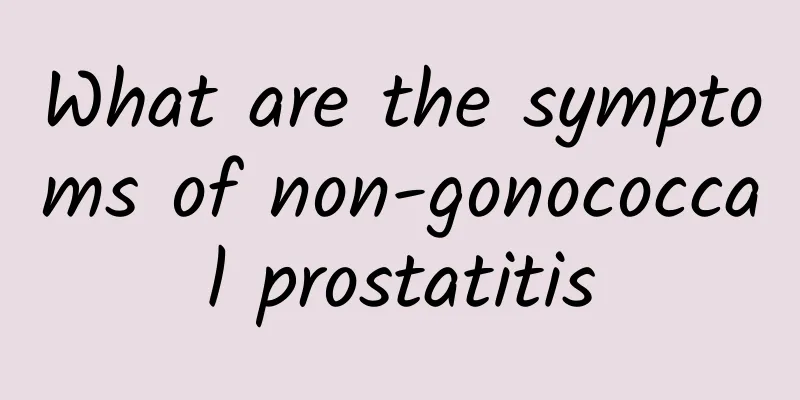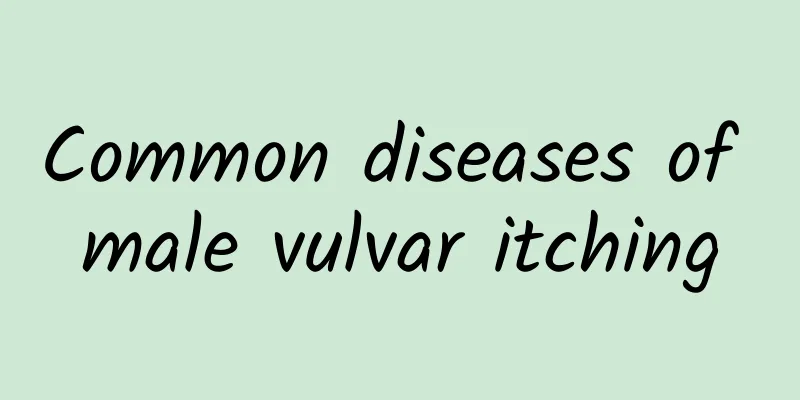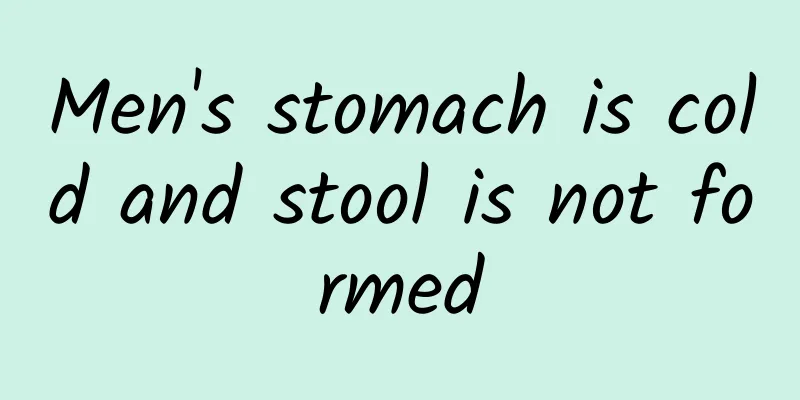What are the symptoms of non-gonococcal prostatitis

|
In real life, there are many sexually transmitted diseases like gonorrhea. However, diseases caused by non-gonococcal infections should not be underestimated. For example, the male prostate is very susceptible to infection by such viruses. After inflammation occurs, it is still necessary to detect abnormalities in oneself in time and understand the symptoms of the disease, so that early treatment and preparation can be made. So what are the symptoms of non-gonococcal prostatitis? Non-gonococcal prostatitis, also known as aseptic prostatitis, is a chronic inflammatory disease of the prostate caused by non-gonococcal infection factors. Its main causes include chlamydia, mycoplasma, viral infection, prostate congestion, urine reflux, as well as psychological factors, immune factors, etc. Statistics show that chronic nonbacterial prostatitis accounts for about 64% to 90% of prostatitis patients, and is a common and frequently occurring disease in young and middle-aged men. Because this disease is often characterized by abnormal urination and white urine at the end of the urine, it belongs to the category of diseases such as "stranger stranguria", "sperm turbidity", and "white urine" in traditional Chinese medicine, and is commonly known as "white urine". Symptoms, signs and complications: The clinical manifestations of chronic nonbacterial prostatitis are not specific and often manifest as a group of clinical comprehensive symptoms and signs. The clinical characteristics may vary from patient to patient. Common clinical changes include the following: The main symptoms are frequent urination, urgent urination, feeling of incomplete urination, and often no obvious pain during urination, or urethral discomfort and burning sensation after urination. Or terminal urine may be seen, urine does not form a line, or prostatic fluid overflows from the urethra during defecation (commonly known as white dripping) (especially when the stool is constipated). Local discomfort is often manifested as abnormal feelings of soreness, swelling, drooping, and pain in the lower abdomen, lower abdomen, perineum, testicles, spermatic cord, penis, lumbar sacrum, etc. The site of occurrence and degree of discomfort vary from person to person. It may be accompanied by dizziness, insomnia, depression, etc. In the early stage, there are often strong sexual desire, frequent erections, ejaculation pain, spermatorrhea, premature ejaculation, etc. Some patients may have hematospermia; if the disease lasts for a long time, there may be loss of sexual desire and erectile dysfunction. Through the above introduction, everyone has a clear idea of the symptoms of non-gonococcal prostatitis. Any infectious disease requires vigilance and preparation for treatment. On the one hand, the virus needs to be eliminated, and on the other hand, re-contact with infection needs to be avoided. |
<<: What are the treatments for non-gonococcal prostatitis?
>>: Is nonbacterial prostatitis dangerous?
Recommend
Is it normal for one testicle to be soft and the other hard?
Even if you are lucky and have never been kicked,...
Do you have back muscle pain when doing push-ups? You may be doing it wrong
The push-up exercise method was once "popula...
How can men exercise to enhance their sexual performance?
In life, many male friends worry about their impo...
Why does it hurt to tap the testicles?
The human body is a high-precision device in the ...
Saffron benefits for men
Saffron has the effects of promoting blood circul...
The location of the kidneys in men
The kidney is one of the key organs of the body. ...
The harm of holding back ejaculation
Many men develop bad habits during sex. These hab...
Post-circumcision edema pictures
For the condition of prepuce being too long, it i...
Traditional Chinese Medicine Treatment for Prostatitis
Prostatitis is one of the most common diseases am...
Is it normal for men to ejaculate sperm?
For some adult men, spermatorrhea will occur. In ...
Is cupping good for men?
Cupping is a traditional Chinese medicine therapy...
3 major diseases can cause men to have back pain
Core Tip: Men's back pain may be caused by th...
The reason why men have more gray hair
When people reach a certain age, both men and wom...
Boyfriend kissing breast
No matter they are husband and wife or lovers, th...
Do you know the triple functions of a man's penis?
What is the use of a man's penis? Many men sa...









